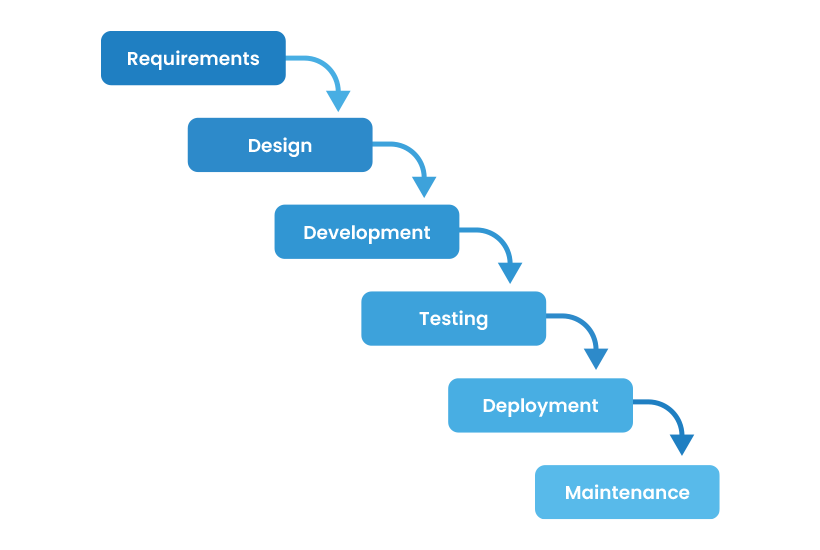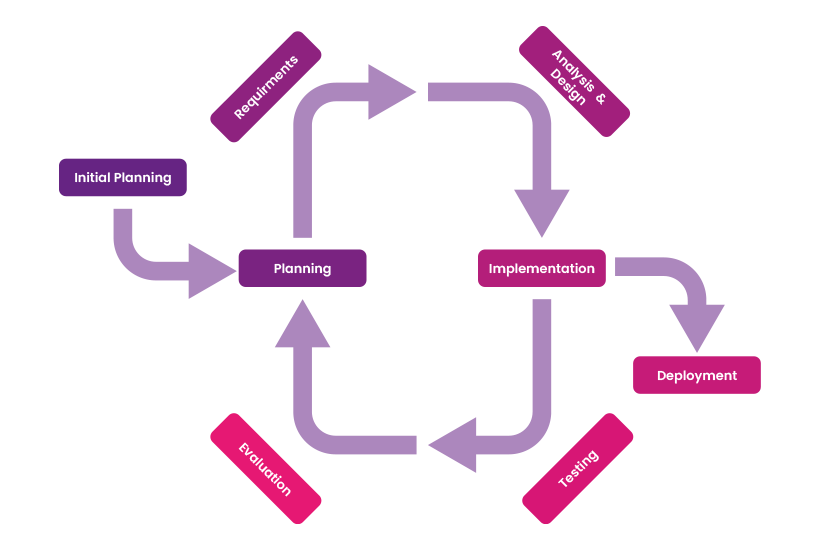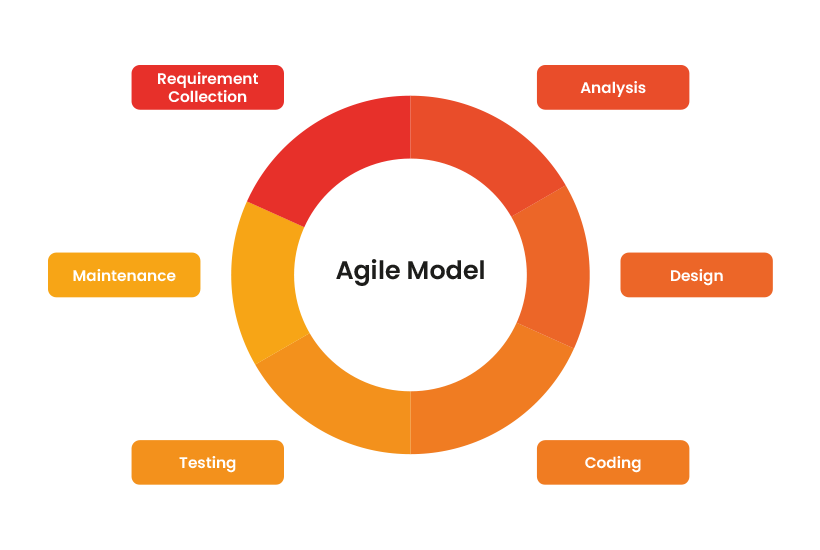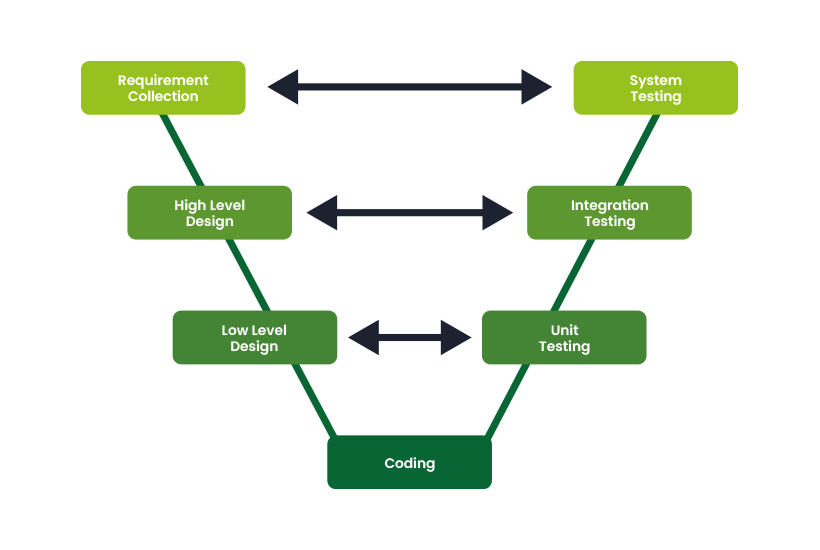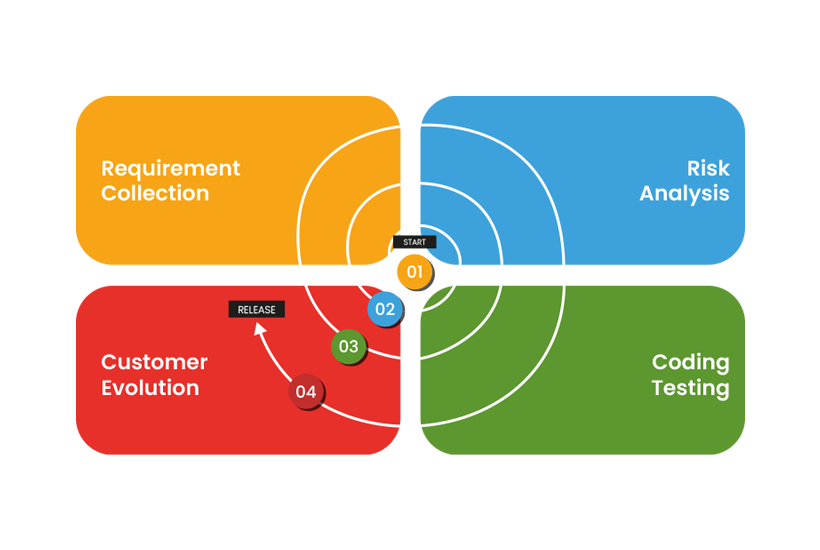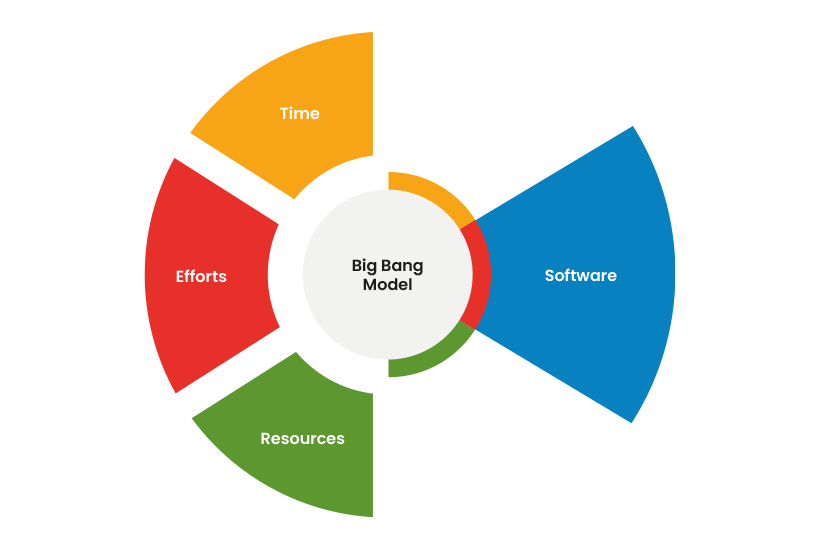If you want to produce high-quality software, then you’ll need to make sure you have a structured process in place that takes you through all the phases of software development. This process is called the Software Development Life Cycle (SDLC).
In this blog, we’ll discuss the importance of the SDLC, the different phases and models, so you can continue to produce cost-effective, high-quality software for your users and clients.
What is the software development life cycle?
The Software Development Lifecycle (SDLC) is a framework that provides a structured process for development teams or cross-functional teams to follow, in order to take a project from planning to completion.
Organisations, both large and small, follow the SDLC as it provides structure, and defines the steps involved in the software development process.
At Koderly, the SDLC is followed by our Project Management and Development teams, and we use the waterfall model (more on this later!).
The key benefits of following the SDLC are:
- Allows you to effectively plan your project before you start development
- Saves time and money, as developers plan the project and estimate the costs at an early stage
- Increases project visibility
- Provides you with a step-by-step process that is followed by all members of the team
What are the phases of the SDLC?

1. Requirement gathering
In the first phase of the SDLC, a Business Analyst (BA) will meet with the client or project sponsor to understand the business requirements. This phase helps the BA to get an idea of the scope of the project before moving to the next phase.
The BA will then document the information in a Business Requirements Document (BRD), to ensure they have understood the requirements, and the BRD is approved by the client or project sponsor.

2. Planning
During this phase, development and project management teams work together to define timelines, resources, and produce an estimate of the time and cost. This estimate can then be used to establish if there is a business case for progressing to the next stage. There are five types of feasibility checks (Guru99):
- Economic feasibility– can we develop the software within the client’s budget?
- Schedule feasibility – Can we develop the software within the timelines provided by the client?
- Legal feasibility – Does the project meet cyber law rules and other regulatory frameworks?
- Operation feasibility – Can we meet the operations according to the requirements?
- Technical feasibility – Can the computer system support the software?

3. Design
Once you’ve decided that you can implement the software successfully, it’s time for the developer to define the technical details and help the client visualise the product.
The design specification may include architecture, components, code development, and UI changes. The project team will then review the document before sending to the client.
At Koderly, we consider this stage when gathering requirements and include the solution in our Business Requirements or Specification documents.

4. Development
The client is happy, so it’s time for you to start developing the software.
Developers should plan their work in advance and follow the estimated timelines for development, using the BRD or Specification as a guideline.
It’s important that developers keep the project team updated on progress, to make sure any delays or changes are communicated to the client – mistakes happen, we are human after all!

5. Testing and deployment
Following development, the software is sent to a testing environment and ready for the tester to start, well, testing!
Read our blog “What is Software Testing, and How Does it Work?” for the different types of software testing.
Testers may discover some defects, and it’ll then need to go back to the developer to fix any bugs, before being tested again. This will continue until the software has passed testing.
You can manage your testing process with our new test management tool, Qucate.
Once your software has passed acceptance testing, it’s ready to be deployed to the production environment so that the client can start using the software.

6. Maintenance
The final phase of the Software Development Life Cycle is to monitor the software and make sure that the client hasn’t identified any issues.
What are the SDLC models/ methodologies?
The most common SDLC models and methodologies are:
Waterfall model
The waterfall model is the simplest, and most established model for software developers. It’s easily implemented and clearly defined. The waterfall model follows a path through the pre-defined phases, “waterfalling” into the next phase.
Each phase of the model must be completed before the next one starts, and the entire scope is defined before development starts, so it may be more time-consuming than other models.
Iterative model
The iterative model divides the project into smaller chunks. Developers will develop a quick version of the product, and continue to iterate the software, so that it continues to evolve. Once there is a product that meets all the requirements, the software is then deployed to the client.
If you’re looking for a model that lowers risk and provides continuous feedback, the iterative model might be for you. However, you’ll need complete understanding of the basic requirements to be able to start the initial development.
Agile model
The agile model breaks the product into small cycles (or sprints). Instead of developing the complete product in one go, each sprint builds on previous functionality. After each sprint, the product owner verifies the product and delivers it to the customer, who then provides feedback.
This model is best for teams who would like more customer feedback before completing the full product. However, the customer needs to be clear on what exactly they are looking for from each sprint, as the approach is light on documentation.
We use the Agile model when adding new functionality to our test management platform, Qucate.
V-shaped model
This is known as the Verification and Validation model, and is an extension of the waterfall model. The development and testing phases are planned in parallel.
This model is ideal for small projects and is easier to manage. However, it’s difficult to change functionality of an application once it’s reached the testing stage.
Spiral model
The spiral model is a combination of the iterative model and waterfall model. However, it pays more attention to risk analysis. The spiral model is the most flexible SDLC model, focusing on repetition and iteration, allowing the software to be refined following each review, whilst also going through all the phases.
This model improves risk management as the riskier sections can be handled first, however it’s a complex model to manage.
Big bang model
The big bang model doesn’t follow a specific process like the other models. It involves little planning, or requirements gathering, and works best for small projects as it’s high risk. Most of the resources are thrown at development, rather than analysis and testing.
This model is perfect for small projects and start-up businesses as it’s a simple model. However, it does come with high risk and uncertainty.
The SDLC helps improve the quality of software and project management, allowing organisations to choose a model that is right for them. All models have their pros and cons, and choosing the right one will help you save time and money.
At Koderly, we develop software to meet your specific business needs, focusing on enterprise-grade, web-based and cloud-native applications, digital transformation, and data migration. If you’d like to know more, visit our software development page or contact us.

